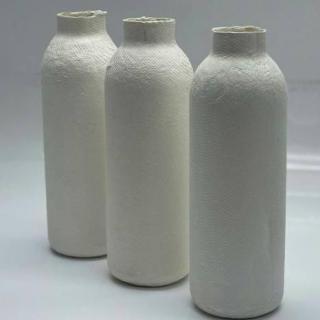
介绍:
Consumers who grew up with Nestlé’s Smarties confectionery often have fond memories of popping plastic caps off the tubes of sugar-coated chocolate beans. But Smarties lovers from now on will have a different experience. This year, the world’s largest foodmaker ditched the caps as part of a switch to entirely recyclable paper-based packaging across the Smarties brand — a move intended to help cut the world’s plastic production, in a bid to avoid the use of 400 tons of plastics annually. “Paper packaging is more environmentally friendly because the paper comes from renewable sources [as opposed to] plastic, which is from fossil resources,” says Bruce Funnell, packaging lead at Nestlé. Smarties are just one of a growing number of consumer products switching to from plastic to paper packaging, as awareness grows of the emissions impact of plastics made from fossil fuels — as well as the ocean pollution caused by plastic waste. Unilever announced this month it had created the world’s first paper-based laundry detergent bottle, which will be rolled out next year for its Omo brand — also known as Persil, Skip or Breeze in certain countries. Similarly, Mars is carrying out a large-scale trial of paper packaging for its Balisto snack bars in Germany, while Diageo has even created a paper Johnnie Walker whisky bottle, to be made available for a small number of its Black Label 70cl products. Paper is lighter than glass, making it easier to transport, and the process of recycling it uses less energy.
But the switch brings technical challenges — especially when used to store liquids or food, as paper and wood pulp are more permeable and less durable than plastic. “While paper is one of the most recycled products, when used alone, it lacks sufficient barrier and functional properties to be used for food,” explains Funnell. Scientists at Nestlé and other consumer goods and packaging groups are working to create coatings that protect against water vapour, oxygen and other substances, and enable sealing with heat, but still allow the packaging to be easily recycled or composted. Plastic-coated paper packaging is already widely used but, because of its combination of materials, is difficult to recycle and normally cannot be processed through household recycling streams. Unilever and Diageo are using technology from Pulpex — a company that has partnered with a consortium of businesses, also including GlaxoSmithKline’s consumer healthcare division, to develop packaging made from moulded and cured wood pulp. Pulpex estimates that when its technology is used to replace plastic bottles, it results in a carbon footprint that is about 30 per cent lower, and 90 per cent less for glass. “As recycling rates are higher for paper and card than for plastic in many markets, pulp-based packaging has a higher chance of actually being recycled and becoming more ‘circular’,” says Richard Slater, chief research and development officer at Unilever. Researchers are working to expand the range of products that can be packaged in wood pulp-based containers. For example, Pulpex is working on a version of its packaging suitable for fizzy drinks, while Unilever says it is working on a plastic-free bottle closing mechanism.
大家还在听

